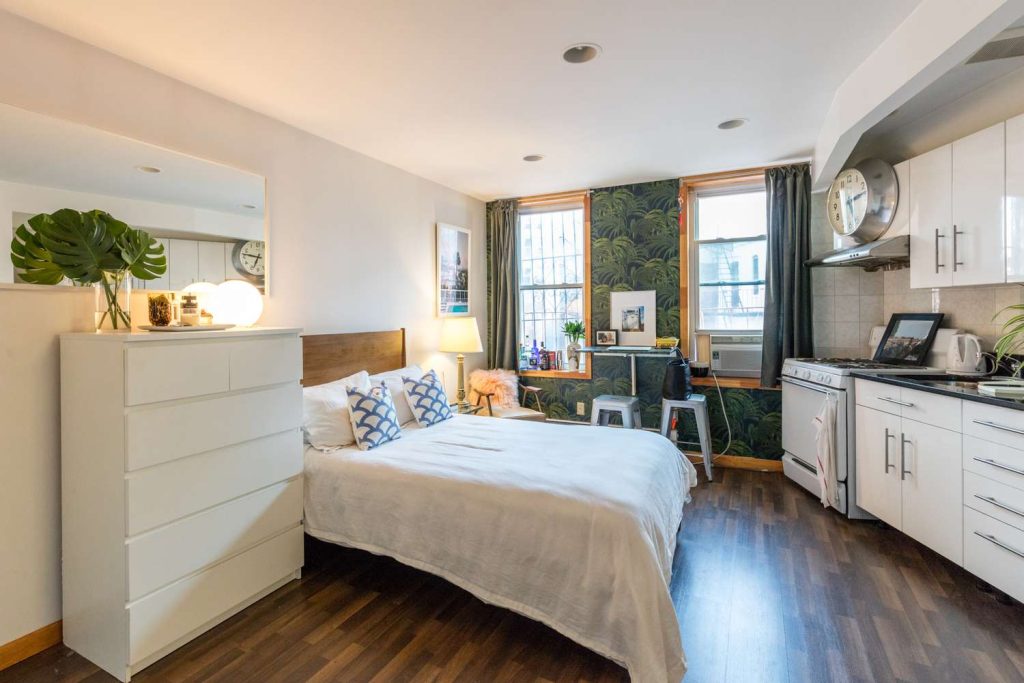LIFESTYLE
Experience Spacious 1 Bedroom Apartments for Rent in Sharjah
Rent spacious 1-bedroom apartments in Sharjah. Experience comfort and style in your new home. Find your perfect space today!
Read moreMaximizing Your Savings: Insider Tips for Tiff’s Treats
Tiff’s Treats, you’re in luck! We’re going to dive into some insider tips to help you maximize your savings and get the most out of your Tiff’s Treats experience.
Read moreHandling and Alleviating Dental Extraction Pain with Prosoma
Prosoma and other muscle relaxants, together with over-the-counter medicines, can be used to successfully control and reduce the pain associated with dental extractions.
Read moreEntertainment
Community

Experience Spacious 1 Bedroom Apartments for Rent in Sharjah
Rent spacious 1-bedroom apartments in Sharjah. Experience comfort and style in your new home. Find your perfect space today!






